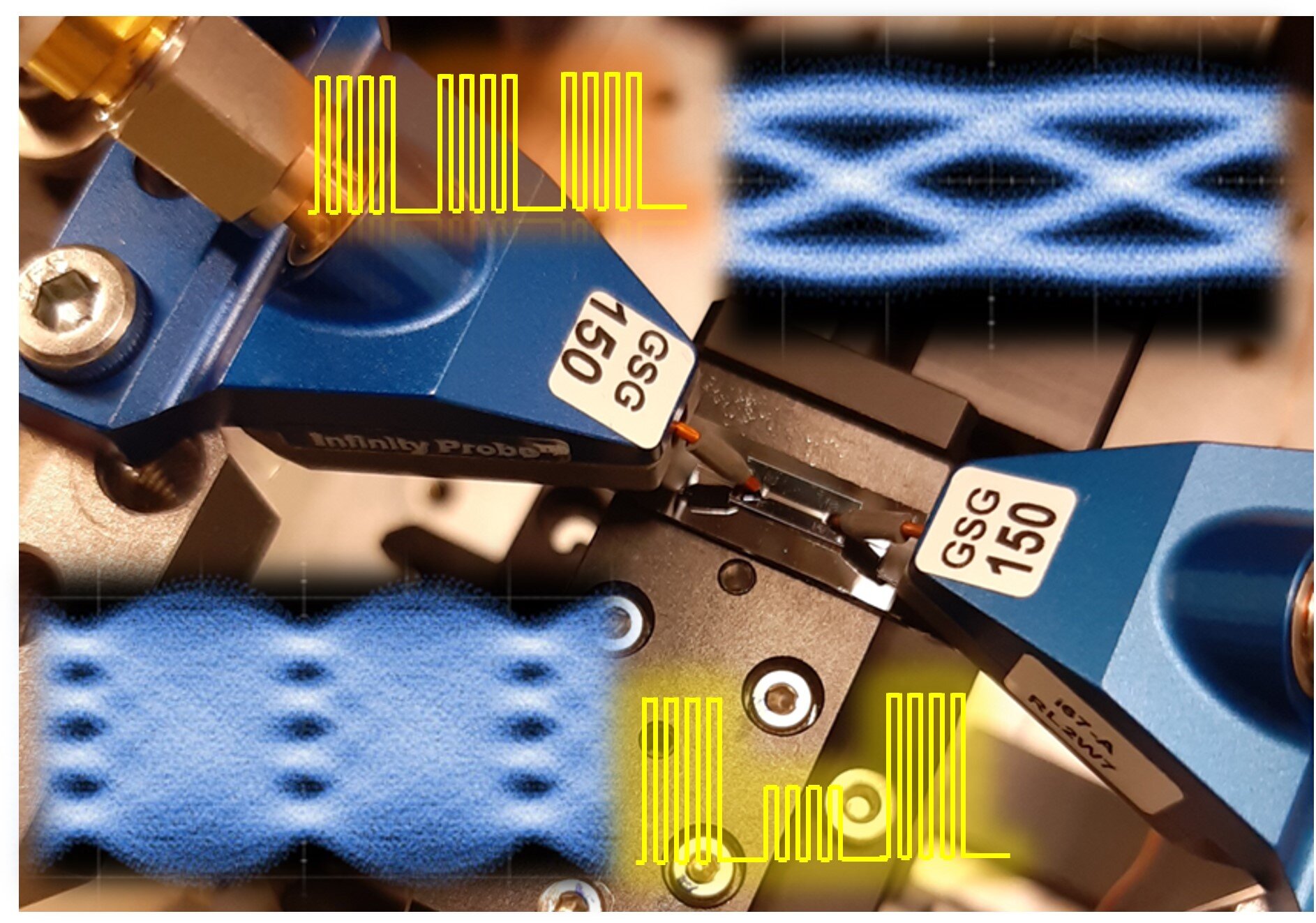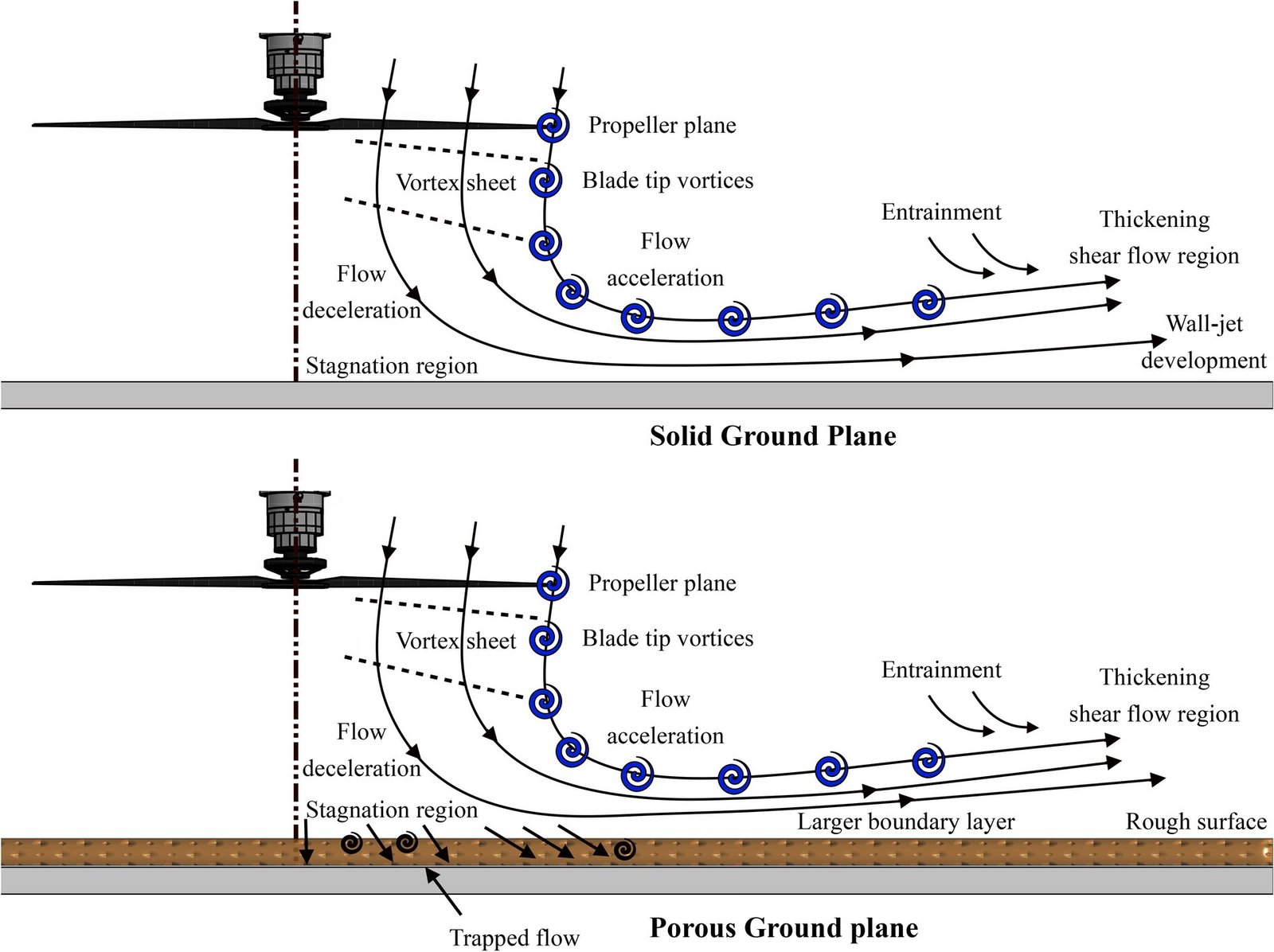Flying cars have long been a staple of science fiction, conjuring images of futuristic cities and utopian landscapes where traffic jams and road congestion are things of the past. But the idea of vehicles soaring above the ground, bypassing traditional roads and highways, is no longer confined to the pages of novels or the big screen. Advances in technology and engineering are rapidly making the dream of flying cars a reality. In fact, the first flying cars are already being tested and developed by several companies around the world, and they promise to change the future of transportation in ways we can only begin to imagine.
As we stand on the brink of this revolutionary shift in transportation, it’s important to understand not only the technology that will make flying cars possible but also the profound impact they could have on our lives, cities, and societies. How will flying cars change the way we travel, work, and interact with the world? What challenges will we face in integrating this new form of transportation into our everyday lives? And how will the infrastructure, economy, and environment respond to these airborne vehicles?
In this article, we’ll explore the exciting possibilities of flying cars, the technologies that are making them possible, and the implications of their widespread adoption. Whether you’re a tech enthusiast, a futurist, or simply curious about the future of transportation, this deep dive will provide you with a comprehensive understanding of what flying cars mean for the world.
The Technology Behind Flying Cars: A New Era of Aviation
Flying cars are not just science fiction anymore—they’re grounded in cutting-edge technologies that are revolutionizing both the automotive and aerospace industries. While the specifics of different flying car designs vary, most of them incorporate one or more of the following core technologies:
Vertical Takeoff and Landing (VTOL) Capabilities
One of the key challenges of flying cars is making them practical for everyday use. Unlike airplanes, which require long runways to take off and land, flying cars need to be able to operate in tight spaces, such as city streets and rooftops. This is where VTOL technology comes into play. VTOL vehicles can take off and land vertically, meaning they don’t need a traditional runway. Instead, they can lift off from almost any flat surface and descend just as easily. This capability makes flying cars ideal for urban environments, where space is limited, and where large airports are impractical.
There are various approaches to achieving VTOL. Some flying cars use electric rotors or fans, similar to helicopters, to generate lift. Others employ hybrid systems that combine fixed wings with rotating engines. The versatility of VTOL technology is one of the primary factors driving the development of flying cars, as it allows them to operate in environments that were previously unthinkable for aircraft.
Electric Propulsion Systems
Electric propulsion is another breakthrough technology that is making flying cars a reality. Unlike traditional internal combustion engines, electric motors are lightweight, efficient, and produce minimal noise and emissions. These characteristics make them perfect for flying cars, especially when combined with advances in battery technology.
In fact, many of the companies working on flying cars today are focusing on electric Vertical Takeoff and Landing (eVTOL) vehicles. These electric flying cars are not only quieter and more environmentally friendly than their gasoline-powered counterparts, but they also have lower operating costs and can be charged using renewable energy sources.
The use of electric motors also eliminates the need for complex mechanical systems, making flying cars easier to maintain and repair. As battery technology continues to improve, the range and performance of these vehicles will only increase, making them more viable for long-distance travel.
Autonomous Flight Technology
One of the most exciting aspects of flying cars is the potential for fully autonomous, or self-driving, flight. Autonomous flying cars could drastically reduce the need for human pilots, making air travel safer and more accessible to a broader population. With advancements in artificial intelligence, sensors, and machine learning, autonomous systems are becoming increasingly reliable at detecting and avoiding obstacles, navigating airspace, and landing safely.
The integration of autonomous technology into flying cars has several key benefits. First, it reduces the risk of human error, which is one of the leading causes of accidents in both aviation and automotive travel. Second, it allows for more efficient use of airspace, as autonomous systems can communicate with each other to prevent congestion and collisions. Lastly, autonomous flight could make flying cars more affordable, as it eliminates the need for specialized training for pilots and reduces operational costs.
Advanced Materials and Lightweight Construction
Flying cars must be both strong and light to achieve the necessary lift and flight performance. Advances in materials science are helping to make this possible. Carbon fiber composites, advanced alloys, and other lightweight yet durable materials are being used to construct the airframes and components of flying cars. These materials not only reduce weight but also improve safety by making the vehicles more resilient to impacts and crashes.
Additionally, the use of lightweight materials helps to increase the range and efficiency of flying cars. Since these vehicles rely on battery power, reducing their weight is crucial for maximizing the distance they can travel on a single charge.
How Flying Cars Will Change Our Daily Lives
The advent of flying cars will undoubtedly have a profound effect on the way we live, work, and interact with the world around us. While the specific details of how flying cars will be integrated into society are still evolving, there are several key ways in which they could transform our daily lives.
Revolutionizing Urban Mobility
One of the most immediate impacts of flying cars will be on urban mobility. Traffic congestion has become a major issue in cities around the world, with millions of people spending hours each day stuck in traffic. Flying cars have the potential to alleviate this problem by taking vehicles off the ground and into the sky.
Imagine being able to hop into your flying car and zip across the city in a matter of minutes, bypassing gridlocked streets and reaching your destination in record time. With the ability to take off and land vertically, flying cars could operate in dense urban areas where traditional airplanes and helicopters cannot. This would dramatically reduce travel time and open up new opportunities for work, recreation, and commerce.
Flying cars could also enable new forms of transportation, such as air taxis or ridesharing services. In the same way that services like Uber have transformed ground transportation, air taxis could provide on-demand, point-to-point travel in the sky. This would give people access to faster and more convenient travel options, while reducing the need for car ownership and the environmental impact of traditional vehicles.
Redefining Long-Distance Travel
While flying cars are often associated with short trips within cities, they also have the potential to revolutionize long-distance travel. With their ability to take off and land anywhere, flying cars could provide a more direct and efficient alternative to conventional methods of travel, such as cars, trains, and airplanes.
For example, imagine traveling from New York to Boston in just an hour, bypassing the congestion on the highways and avoiding the hassle of airport security. Flying cars could make long-distance travel faster, more comfortable, and more flexible, as travelers would no longer be limited by fixed transportation routes and schedules.
Additionally, flying cars could create new possibilities for remote and underserved areas. Places that are difficult to access by traditional means could become more connected, improving access to healthcare, education, and other essential services.
Environmental Impact and Sustainability
One of the most appealing aspects of flying cars is their potential to reduce the environmental impact of transportation. Unlike traditional cars, which rely on fossil fuels and contribute to air pollution and climate change, many flying cars will be powered by electricity, making them much cleaner and more sustainable.
In particular, eVTOL (electric vertical takeoff and landing) vehicles could significantly reduce carbon emissions, especially if they are powered by renewable energy sources such as solar, wind, or hydroelectric power. As the global push for sustainability continues to grow, flying cars could become a key part of the transition to a greener and more eco-friendly transportation system.
However, it’s important to note that flying cars also present new environmental challenges. For example, the increased use of airspace could lead to new forms of noise pollution, and the production of batteries and other components may still have an environmental footprint. To truly make flying cars sustainable, these challenges will need to be addressed through thoughtful design, regulation, and innovation.
The Challenges of Adopting Flying Cars
While flying cars hold immense promise, there are still many obstacles to overcome before they can become a ubiquitous part of our daily lives. Some of the most significant challenges include:
Infrastructure Development
Flying cars will require entirely new infrastructure to operate safely and efficiently. In addition to vertical takeoff and landing pads, cities will need to develop systems for managing air traffic and integrating flying cars into existing transportation networks. This could include creating designated air highways, upgrading air traffic control systems, and building new charging stations for electric flying cars.
The integration of flying cars into urban environments will require careful planning and coordination between governments, cities, and private companies. While some of this infrastructure is already being developed, it will take time and investment to create a seamless and efficient system for flying cars.
Safety and Regulation
As with any new form of transportation, ensuring the safety of flying cars will be a top priority. These vehicles will need to meet strict safety standards to prevent accidents and protect passengers. Additionally, regulators will need to develop new rules and protocols for operating flying cars, particularly in densely populated urban areas.
The challenge of ensuring safety is compounded by the fact that flying cars will likely be autonomous or semi-autonomous, which raises concerns about the reliability of the technology and its ability to handle unexpected situations. Extensive testing, certification, and oversight will be necessary to ensure that flying cars are safe to operate in all conditions.
Public Perception and Acceptance
While flying cars hold great potential, convincing the public to embrace them may take time. Many people are understandably skeptical about the safety, reliability, and practicality of flying cars, particularly when it comes to autonomous flight. Overcoming these concerns will require not only advancements in technology but also a concerted effort to educate the public and build trust in the new system.
The success of flying cars will depend on their ability to offer a clear advantage over traditional modes of transportation, whether that’s through convenience, cost savings, or environmental benefits. If flying cars can demonstrate these advantages, they will have a much better chance of gaining widespread acceptance.
The Future of Flying Cars
As the technology behind flying cars continues to improve and the necessary infrastructure is developed, it’s clear that the future of transportation is poised for a dramatic transformation. Flying cars will not only change the way we travel but also have a profound impact on urban design, the economy, and our daily lives. While there are still challenges to overcome, the potential benefits of flying cars are undeniable, and we are only beginning to scratch the surface of what’s possible.
Whether you’re excited about the prospect of soaring through the skies or skeptical about the challenges ahead, there’s no doubt that flying cars are coming. And when they do, they will fundamentally reshape the world we live in, offering new opportunities for mobility, connectivity, and sustainability in ways we can only begin to imagine.






